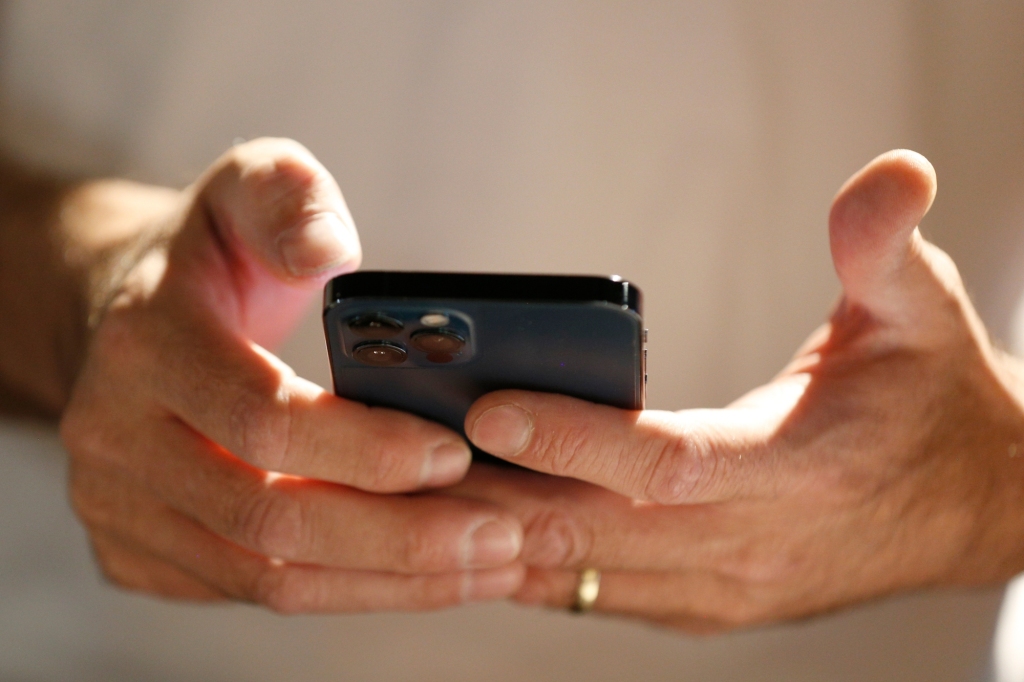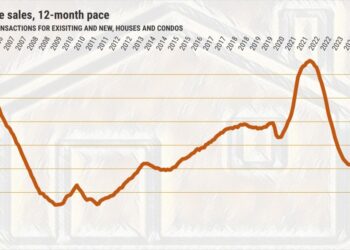As a frequent PayPal user, I wasn’t surprised to see a payment request on the app pop up. But when I read it, I knew something was wrong.
In the message, a stranger asked me to send them $699 in order to get a “refund.” While I instantly recognized the request as a scam, I still felt vulnerable; I didn’t immediately see any obvious way to flag the request as a scam, and with just one click, I could have accidentally sent this stranger a huge chunk of money.
I’m hardly alone in my worry over security when using peer-to-peer payment apps: According to a Pew Research Center survey published in September 2022, about one-third of people who use payment apps or websites say they are “a little or not at all confident that payment apps or sites keep people’s personal information safe from hackers or unauthorized users.” And an alarming 13% of people who have ever used PayPal, Venmo, Zelle or Cash App say they have made the mistake of sending money to a scam artist.
Fraud prevention experts recommend these strategies to keep your money safe.
Only send money to people you know
Generally, peer-to-peer payment apps are designed to send money between friends — not strangers. If you use them to send money to someone you don’t know, then you put yourself at risk for fraud.
“You shouldn’t send money unless you’ve met people in real life and know who you are sending money to. If you do that, and you’re careful in terms of what number you are sending money to, these apps can be a convenient, safe and efficient way to move money,” says Paul Benda, senior vice president of operational risk and cybersecurity at the American Bankers Association, a trade association for the banking industry.
Use cash and credit cards in higher-risk situations
If you need to exchange money for goods or services with someone you don’t know, the safest way to do that is through cash or credit cards, says Axton Betz-Hamilton, an assistant professor in the School of Health…
Read the full article here







